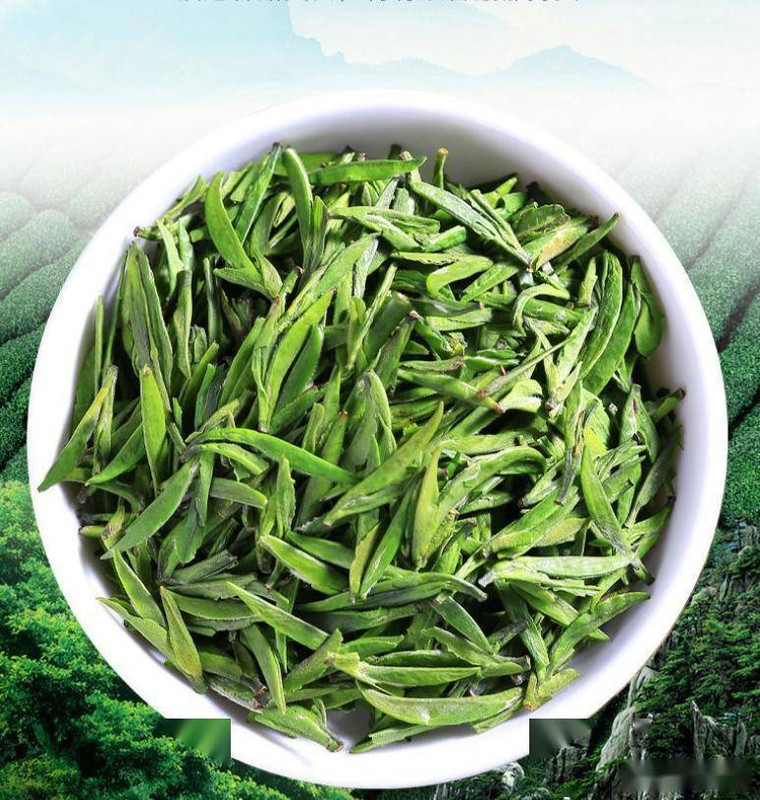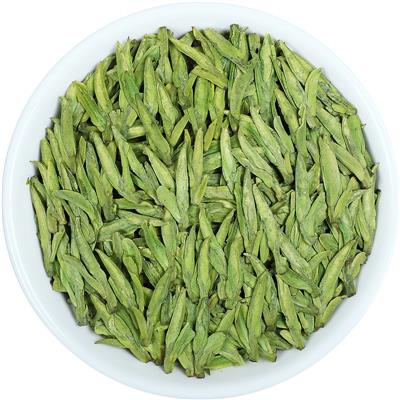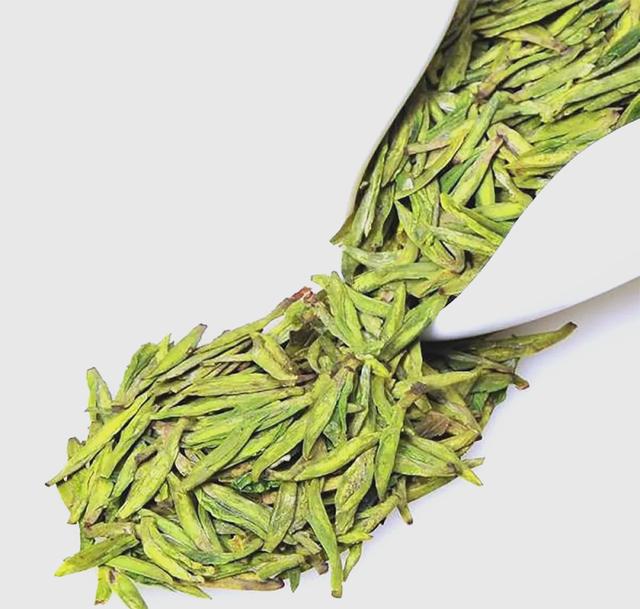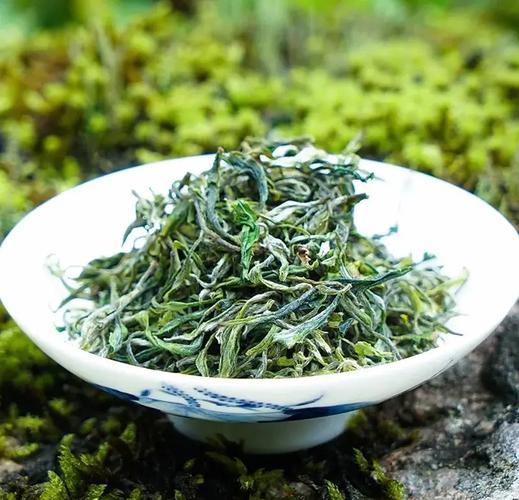Nestled in the mist-clad mountains of Jinzhai County, Anhui Province, 金寨翠眉 (Jīnzhài Cuìméi) emerges as a modern masterpiece among China’s green teas. Celebrated for its delicate appearance, rich history, and health-giving properties, this tea embodies the harmony between nature’s bounty and human craftsmanship. Let us explore its essence through the lens of origin, legacy, and artistry.

Origins & Modern Revival
Jinzhai Cuimei’s story begins in 1986, when tea scientists in Jinzhai County sought to revive the region’s storied tea heritage. Rooted in the same terroir that once produced “Liu’an Guapian”—a tea praised in Lu Yu’s Classic of Tea—they crafted a new name tea. Named for its resemblance to a画眉 (huàméi, or “thrush eyebrow”) and vibrant green hue, it quickly gained acclaim. By 1987, it earned provincial honors, and in 1996, it claimed gold at the China Agricultural Expo, cementing its status as a national treasure.
Terroir: The Cradle of Green Gold
The tea gardens of Jinzhai occupy a UNESCO-designated biosphere reserve, where:
- Altitude: 500–1,000 meters above sea level, shrouded in year-round fog.
- Soil: Volcanic loam enriched by decaying foliage and mineral-rich bedrock.
- Climate: Mild temperatures, abundant rainfall, and sharp day-night temperature shifts.
These conditions, combined with pristine mountain springs, result in leaves of exceptional tenderness and aroma.
Craftsmanship: Precision Meets Tradition
The production of Jinzhai Cuimei blends innovation with time-honored techniques:
- Plucking: Only the tender bud and one leaf are harvested in early spring, ensuring peak freshness.
- Withering: Leaves are spread on bamboo mats to reduce moisture gently.
- Fixation (Killing Green): Pan-fried in woks at 180–200°C to halt oxidation, preserving the tea’s vibrant color.
- Rolling: Leaves are shaped by hand into tight curls, releasing essential oils.
- Drying: Final roasting over charcoal locks in aroma and selenium content.
Aesthetic & Sensory Profile
When steeped, Jinzhai Cuimei unveils its unique character:
- Appearance: Leaves unfurl into emerald strips with silver tips.
- Liquor: Bright golden-green hue, reminiscent of mountain springs.
- Aroma: Fresh orchid notes with hints of chestnut and wildflowers.
- Taste: Smooth, vegetal freshness transitions to a lingering sweetness, with a subtle selenium-infused finish.
Brewing Rituals
To honor its essence:
- Water: Use soft, spring water heated to 80–85°C (176–185°F).
- Ratio: 3 grams of tea per 150 ml (1:50 tea-to-water ratio).
- Vessel: Glass cup or porcelain gaiwan to admire the unfurling leaves.
- Infusion: First steep for 2 minutes; extend subsequent brews by 1 minute (up to 3 infusions).
Authenticity & Grading
Genuine Jinzhai Cuimei is distinguished by:
- Appearance: Uniform, twisted leaves with red stems.
- Aroma: Earthy, pine-like fragrance with subtle smokiness.
- Liquor: Clear amber-green hue.
- Infused Leaves: Dark emerald-green, slightly brittle.
Graded into Special, Premium, and Standard tiers based on leaf uniformity, pluck standard, and selenium content. Special-grade tea, harvested from uncultivated trees, commands 150–300 per 100 grams, while Standard grades range from 60–150.
Healthful Alchemy
Rich in selenium, polyphenols, and vitamins, Jinzhai Cuimei offers:
- Antioxidant Power: Combats free radicals linked to aging and cancer.
- Cardiovascular Support: Lowers cholesterol and improves blood circulation.
- Detoxification: Aids in eliminating heavy metals from the body.
- Immune Boost: Selenium enhances lymphocyte activity and antibody production.
Cultural Resonance
Beyond its cup, Jinzhai Cuimei is woven into local folklore and wellness traditions. Villagers have long relied on its medicinal properties to treat colds and fatigue, while poets have likened its aroma to “the breath of ancient forests.” Today, it remains a symbol of Anhui’s ecological heritage, a bridge between wilderness and civilization.
In every sip of Jinzhai Cuimei, one encounters not just a tea, but the spirit of China’s sacred mountains—a tribute to the harmony between humanity and the wild.



